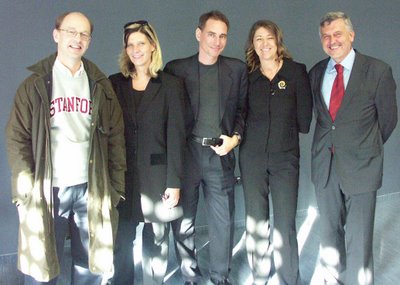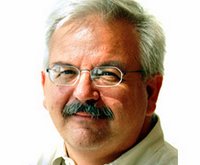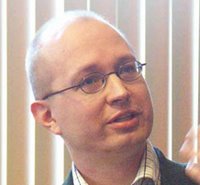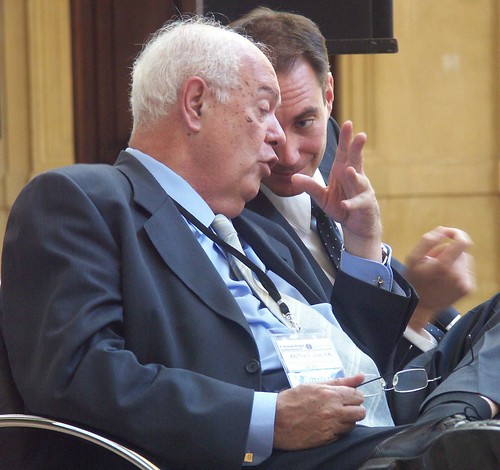
Innovation Journalism is becoming a recognized concept in innovation policy circles.
It was in focus at
Clusters2006 - The Ninth Annual Global Conference of The Competitiveness Institute. The three day conference in Lyon, France, dedicated an afternoon to a plenary session and a breakout session on the interplay of journalism in innovation ecosystems. The conference was attended by 425 delegates from
62 countries, mainly cluster and innovation professionals from government, academia and expert organisations.
The concept of Innovation Journalism was presented to the conference: the thoughts on its interaction in innovation ecosystems as an intermediating actor connecting innovation to public interest, suggesting some guidelines for innovation policy addressing independent journalism.
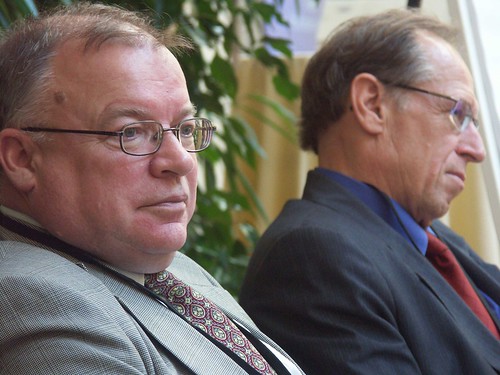
The bottom line:
1. For Democratic Society to focus on the Innovation Economy, Independent Journalism needs to cover it.
2. therefore, journalism is an independent actor in innovation systems.
3. therefore, it's a good idea to support development of independent innovation journalism when working on developing innovative business clusters.
The talk was followed by a panel:
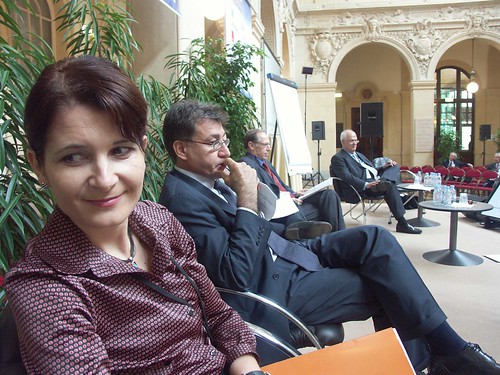
Jan Sandred, fmr InJo Fellow and founding editor of Biotech Sweden - now with VINNOVA, explained the facts of life of journalism, and how the case of
Biotech Sweden showed that innovation journalism is not only a way of covering clusters and innovation systems, but mainly a good business model for news publishing, which is key, as journalism is a business and must be loyal to the readership - not the sources. Journalism must always be independent and never neutral, he stressed.
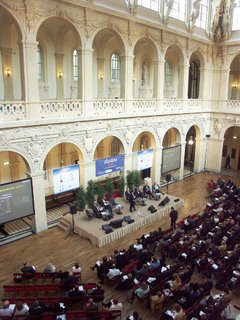
Per Eriksson, founding DG of VINNOVA - the Swedish Governmental Agency for Innovation Systems, and first in the world to support the launch of an innovation journalism program, pointed out the importance of not compromising journalistic integrity. When VINNOVA supports researchers, there should be no involvement in or bias of the research done. The situation is no different for journalists, Eriksson said, there must be no VINNOVA involvement in or bias of stories produced by journalists involved in the innovation journalism programs. The PR department is therefore not permitted to participate in the program activities.
Marta Svetina, founding DG of TIA, the National Slovenian Technology Agency, and Arthur Bayhan, founding Director of The Competitiveness Support Fund in Pakistan, described their national initiatives for supporting the development of independent innovation journalism.
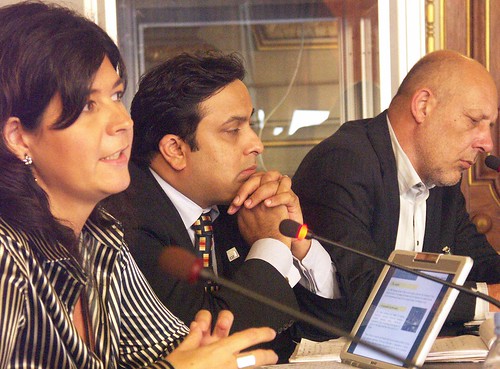
Seppo Sisätto, democracy and media pioneer who founded the first commercial news radio station in Finland after the fall of communism, presented the Finnish national innovation journalism initiative.
Willi Rütten, Director of the European Journalism Center EJC, announced that EJC has selected innovation journalism as a focus area, regardless if there is funding available or not at the present time.

The session was chaired by
Antoni Subira, Professor of Financial Management at the IESE Business School in Barcelona, Spain, former Minister of Industry in Catalonia, among the first to implement cluster theory for building competitiveness.
After the plenary session I had the pleasure of chairing a breakout session, where project leaders from countries implementing innovation journalism initiatives presented plans and results: Jan Sandred and I from Sweden, Seppo Sisättö from Finland, Amir Jahangir from Pakistan, Patricia Valdenebro from the Basque country in Spain, and Willi Rütten from the EJC.
More on the
conference blog of Clusters 2006.



